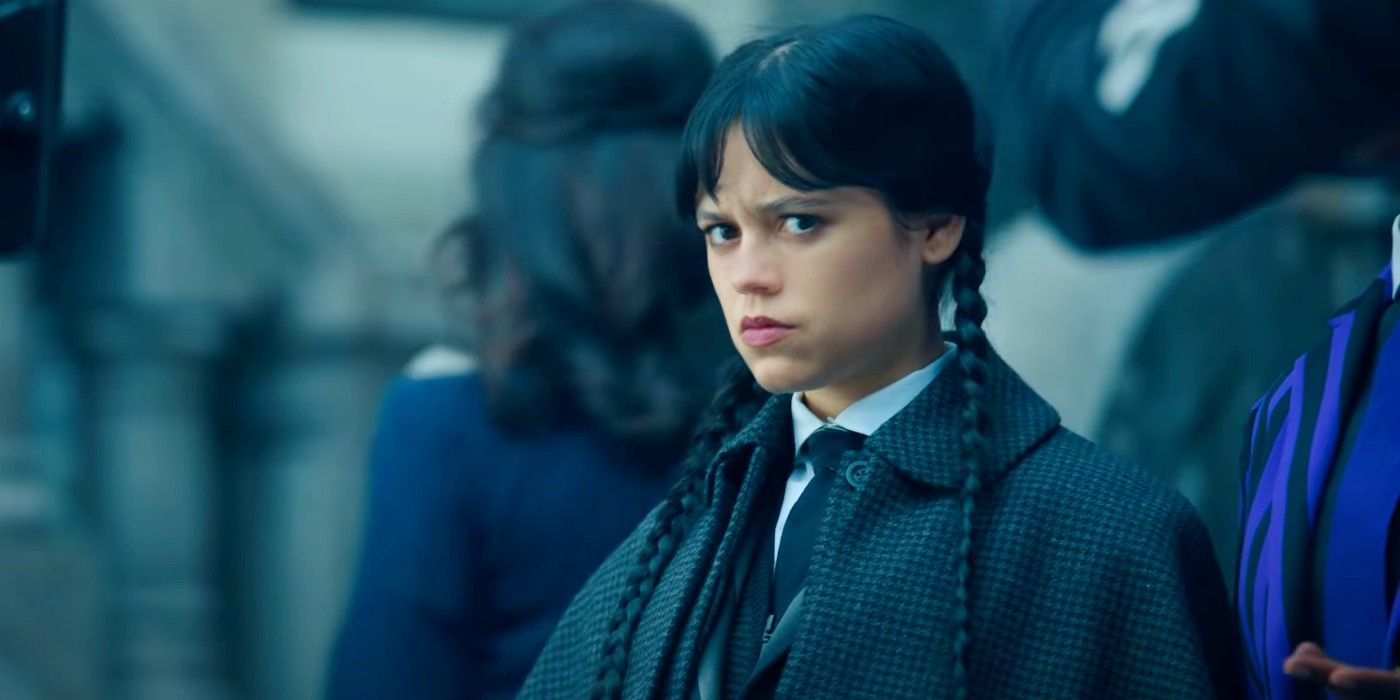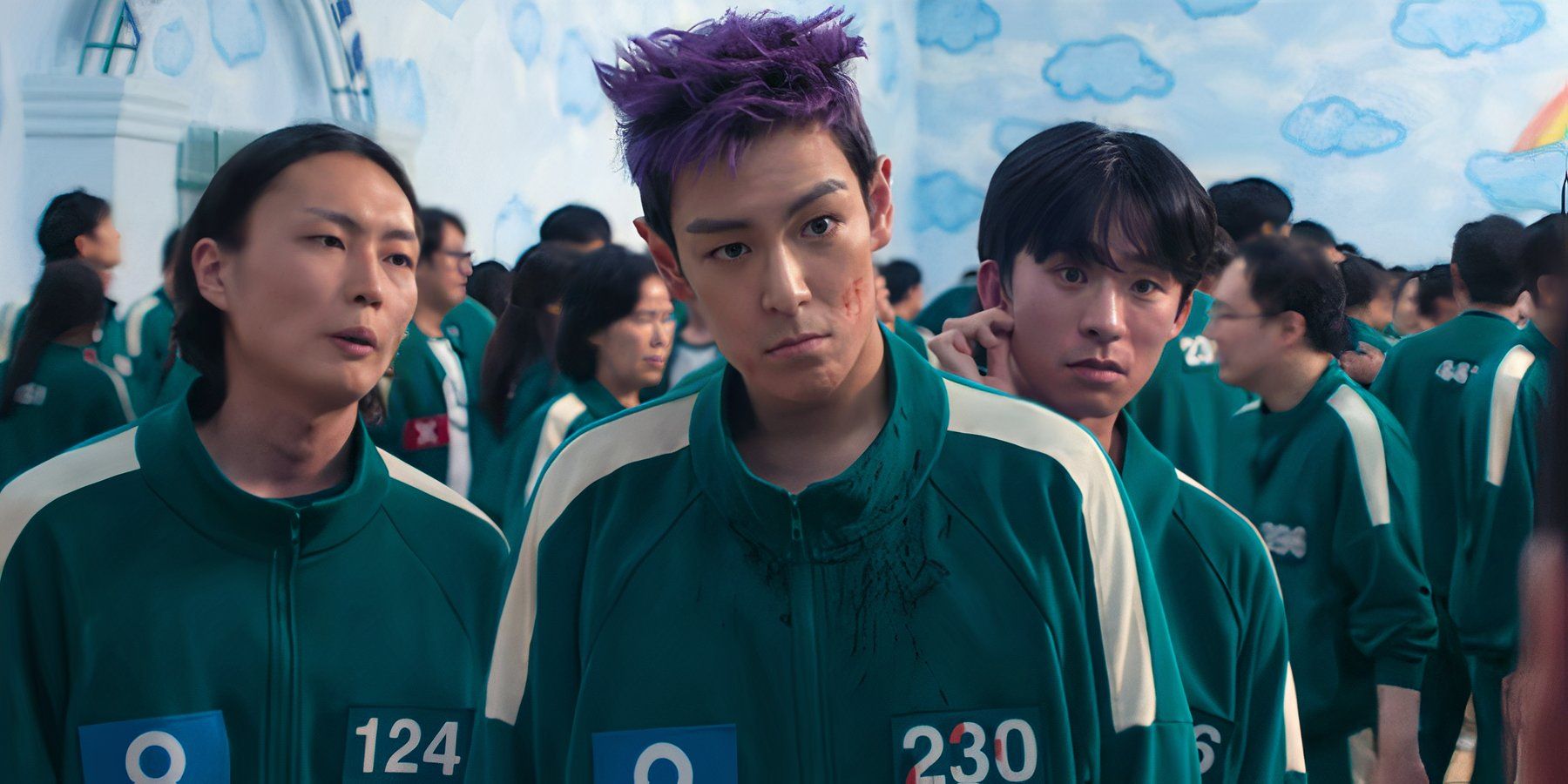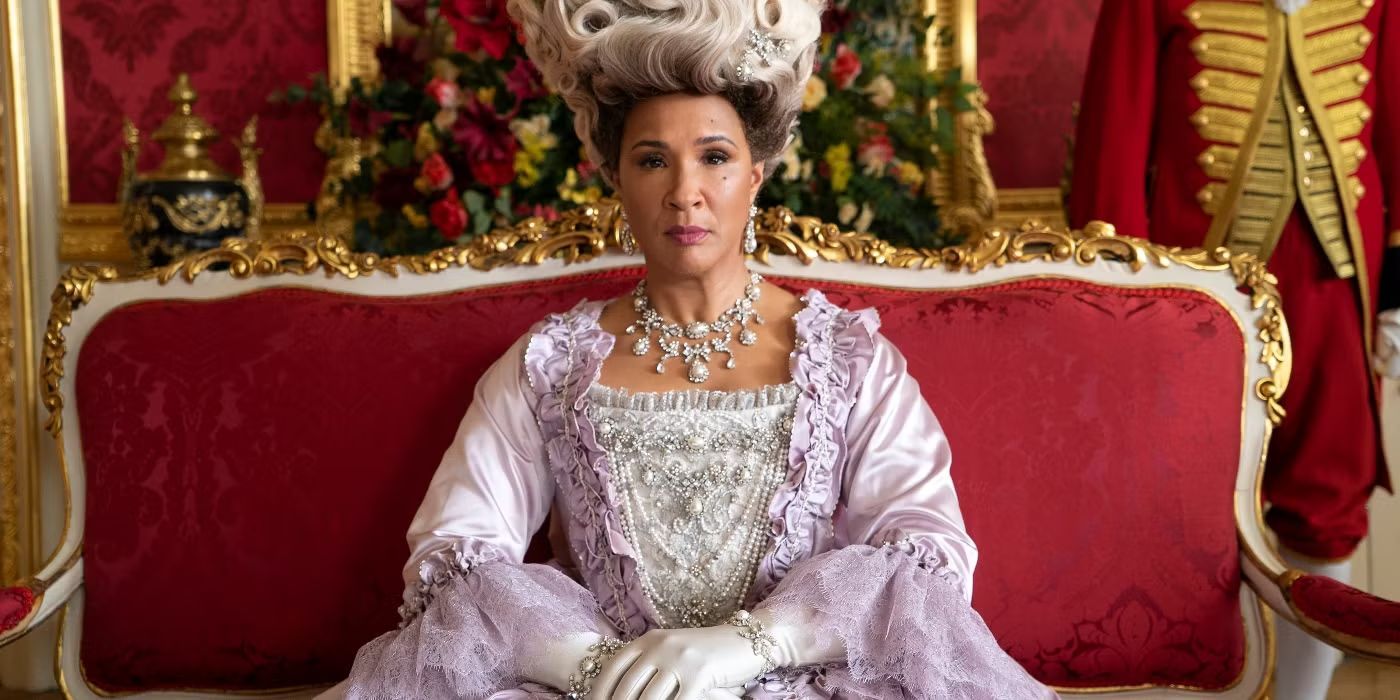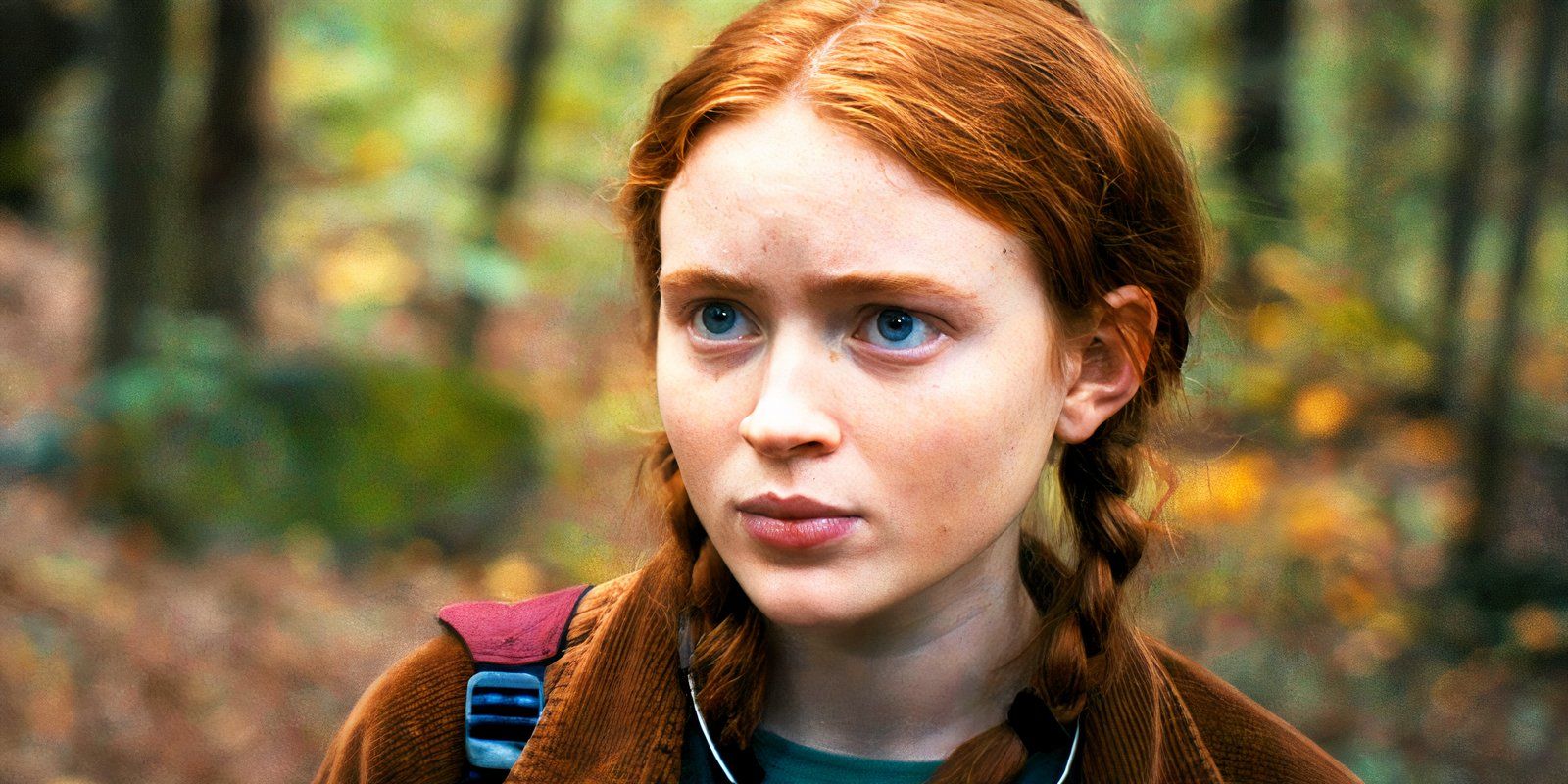From Stranger Things To Wednesday, Why The Hell Are So Many Streaming Shows Taking So Long To Return?

In 2025, it is more convenient than ever to access thousands of movies and TV shows, yet the current age of streaming is far from perfect, and viewers want to know why they must wait several years between seasons of their favorite streaming shows. Throughout the 2000s, there has been a massive shift in how audiences access and watch entertainment. Where movie theaters and network TV used to be king, services like Netflix made it so viewers had hundreds of movies and full seasons of television right at their fingertips for a (somewhat) low subscription cost.
More than a decade after Netflix’s rise, streaming is still incredibly convenient, but it comes with setbacks. One of the most frustrating issues in recent years has been the long wait between seasons of popular TV shows. Stranger Things is one of Netflix’s most lucrative IPs, with millions of dedicated viewers, yet there has been a three-year hiatus between season 4 and the highly anticipated final season. If viewers are so invested in a show, then one might think Netflix would fast track it to please audiences. However, this is far from the case for a few reasons.
The Covid-19 Pandemic & Strikes Impacted Production Schedules
Some Streaming Delays Come At A Necessary Cost
One of the biggest reasons why streaming has seen so many delays recently is because of the COVID-19 pandemic and the SAG-AFTRA/WGA strikes of 2023. When the pandemic began in early 2020, production of any and all entertainment ceased. This not only prevented new series from being filmed, but halted projects that were in the middle of being made. Furthermore, in the spring and summer of 2023, actors and writers went on strike for several months in order to earn better wages and benefits, leading to even more movies and shows having their release dates pushed back.
Preventing the spread of illness during COVID-19 was vital, and for some, the pandemic offered ample time to reevaluate preexisting projects or create something entirely new.
The pandemic and the strikes led to disappointing delays for movies and TV, but generally, these hiatuses were good and necessary. Preventing the spread of illness during COVID-19 was vital, and for some, the pandemic offered ample time to reevaluate preexisting projects or create something entirely new. In the same vein, the SAG-AFTRA and WGA strikes made it possible for writers and actors to get better payment for their hard work, without which audiences wouldn’t have such amazing series. Thus, these are difficult but necessary evils that have made waits much longer than before.
TV Shows Get Bigger – Especially With Visual Effects
Stranger Things’ Sacrifice For Bigger & Better Seasons
Another important trend that can lead to television delays is the expected improvement from season to season. Generally, audiences expect every season of a show to be just as good as the first, if not better. Series must prove that their new seasons have merit, so often, the story’s stakes get higher and the obstacles more intense. For the most part, this is a good thing. Audiences hypothetically get better and better TV. However, this also means that the seasons take longer to write, and the visual effects become more laborious and time-consuming.
Stranger Things is a perfect example. The first season definitely had its CGI moments, but for the most part, it was rooted in the small-town scenery of Hawkins. This is a stark difference from Stranger Things season 4, which included several big scenes in the Upside Down, the appearance of Vecna, and physical stunts like Max’s possession. In this way, Stranger Things has had to put several years between their seasons to perfect these storylines and special effects. Unfortunately, this has led the series to sacrifice its actors’ believability, as the young cast ages out of their own characters.
Cast Schedules Have Made It More Difficult To Bring Shows Back
Popular Casts Are A Win-Lose Situation
Speaking of casts, actors may also add to TV delays. More often than not, popular series rely on cast members who are well-loved stars. This means they are hot commodities in Hollywood, and are likely being offered all kinds of roles outside their big franchise. When actors happily take up these new parts, this inevitably leads to scheduling conflicts. For example, Jenna Ortega has appeared in five movies since the release of Wednesday season 1, which prevented her from getting back to work on Wednesday season 2. In this way, shows must acclimate their filming schedules to their stars.

Related
Two Bridgerton stars, Jonathan Bailey and Regé-Jean Page, have taken different approaches to become Hollywood leading men, and one has clearly won.
Arguably, scheduling conflicts are a win-lose situation for audiences. As eager as viewers are to see Ortega return to her role as Wednesday, they are also happy to see her in projects like Scream VI and Beetlejuice Beetlejuice. It’s fun to see Ortega take on new roles, especially in well-loved franchises. Plus, without these side projects, Ortega probably would not be as popular as she is now. Actors deserve to take advantage of their rising stardom, but it can be disappointing when it comes at the cost of their other projects.
TV Isn’t Just Made Different, It’s Made By Different People
Television Quality May Be Better With New Showrunners
Finally, there is the fact that TV shows are becoming more like movies every day. Where series used to have around 22 episodes and a new season at least once a year, TV has taken on a new form. Generally, new shows have six to ten episodes, none of which are filler or throwaway installments. Some episodes even exceed the typical hour-long runtime for extra big stories. Furthermore, some shows are even being made by movie directors at this point, i.e. Tim Burton created Wednesday. Inevitably, this leads to production changes that covet quality over quantity and time.
Once again, this is a frustrating situation that comes with some definite benefits. TV may take longer to produce, but so much of it is groundbreaking and iconic. Squid Game season 2 took three years to premiere, but once it did, audiences were impressed with the show’s new storylines, characters, and games. It returned to its status as a pop culture pillar. In this way, audiences may not have as much to watch in a short period of time, but at least they are not wasting as much of their time on badly made television.
Longer Gaps Between Seasons Are A Problem For Audiences, But Are They For Streamers?
Anticipation Is As Good As It Is Bad
Clearly, viewers aren’t thrilled when they have to wait three years for the next season of their favorite show, but this problem doesn’t extend to streamers in the same way. Netflix doesn’t suffer when it spends a few more years on a project, and in fact, many of its shows with long hiatuses break streaming records. Squid Game, Stranger Things, Wednesday, and Bridgerton all take over a year to release their new seasons, yet they are at the top of Netflix’s list of most-watched original TV shows. Additionally, Netflix has so much content that staggering projects makes sense.

Related
10 Long-Awaited Netflix Movies & Shows Finally Coming In 2025
Netflix has an extensive lineup of new releases coming in 2025, but these 10 upcoming movies and TV shows are the most long-awaited of them all.
Ultimately, Netflix thrives on audience anticipation. A show that doesn’t have good viewership could be buried by a long delay between seasons, because audiences wouldn’t be anticipating it as much. On the other hand, shows like Stranger Things grip viewers so much that anticipation rarely fades, even after three years. Netflix knows that they can get away with their delays because people are invested, and not likely to give up. It also makes it all the more satisfying when the show finally comes out, satiating the questions and desires that audiences have had for so long.
Will Gaps Between Seasons Return To Normal?
TV Is Always Apt To Change
Considering all these developments and obstacles in television, some may be wondering if this is the new normal for streaming. The answer isn’t all that simple. For one thing, the delays caused by the pandemic and the strikes should eventually fade, putting the entertainment industry back on its regular schedule. However, actors will probably continue taking on various projects at a time, and seasons will still have to get bigger and better. In this way, some shows may return to the new season every year format, but others will continue taking their sweet time.
It is important to remember that TV is always apt to change. As proven by the 2023 strikes, anything could come up and reconfigure the entertainment industry, for good or for bad. There will probably never be a time where TV is perfect, and it is impossible to please every viewer. However, the current delay in streaming is not the worst price to pay for incredible television and talented, busy actors.
World News || Latest News || U.S. News
Source link







